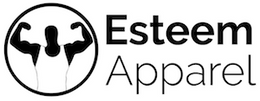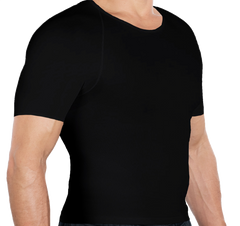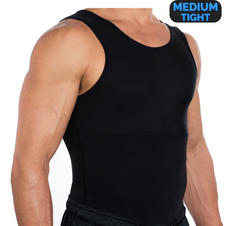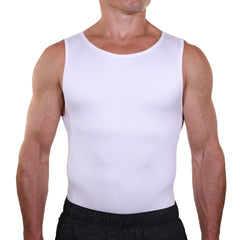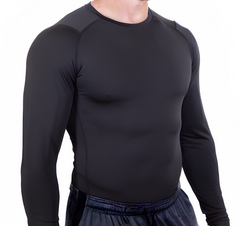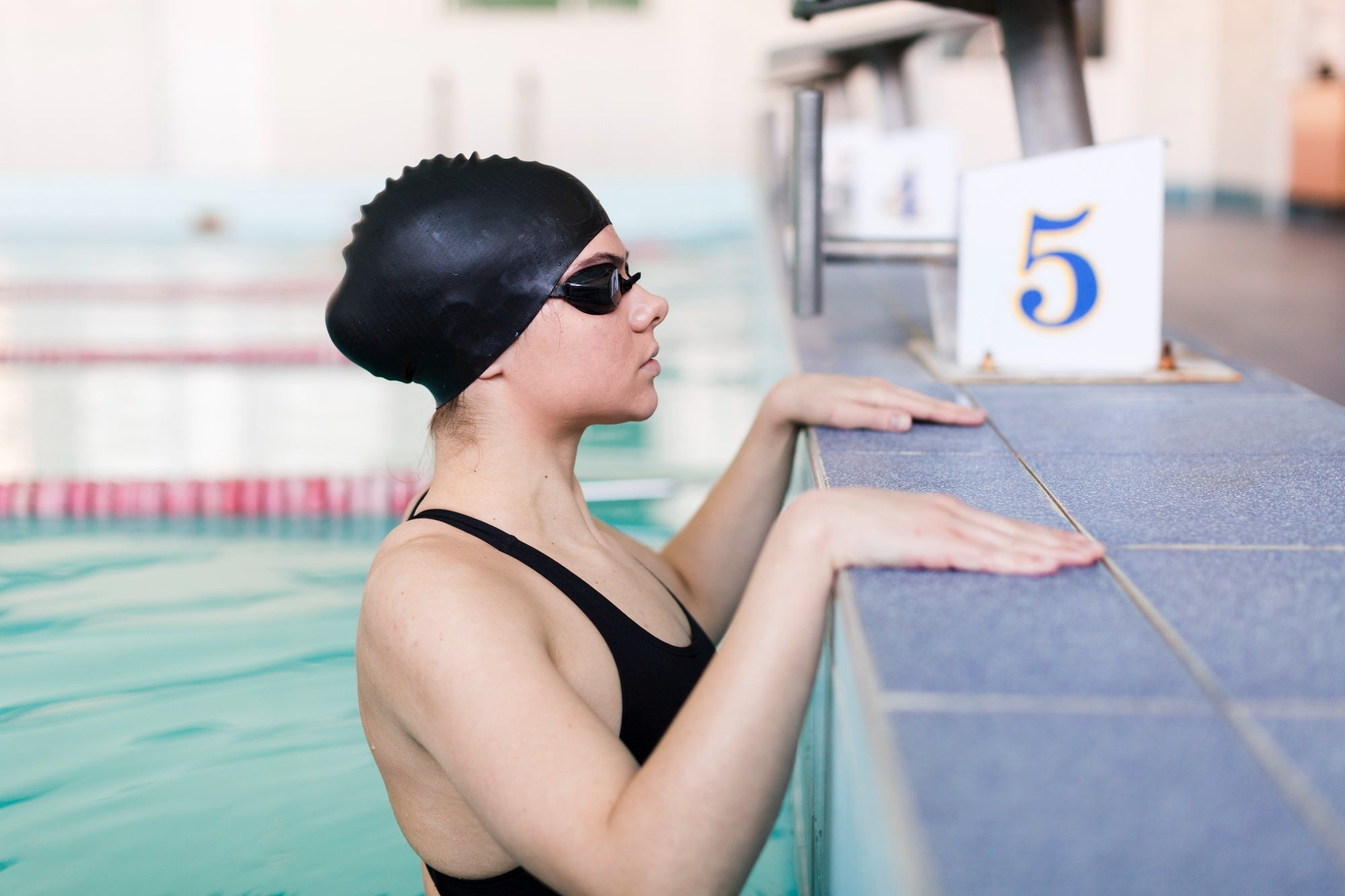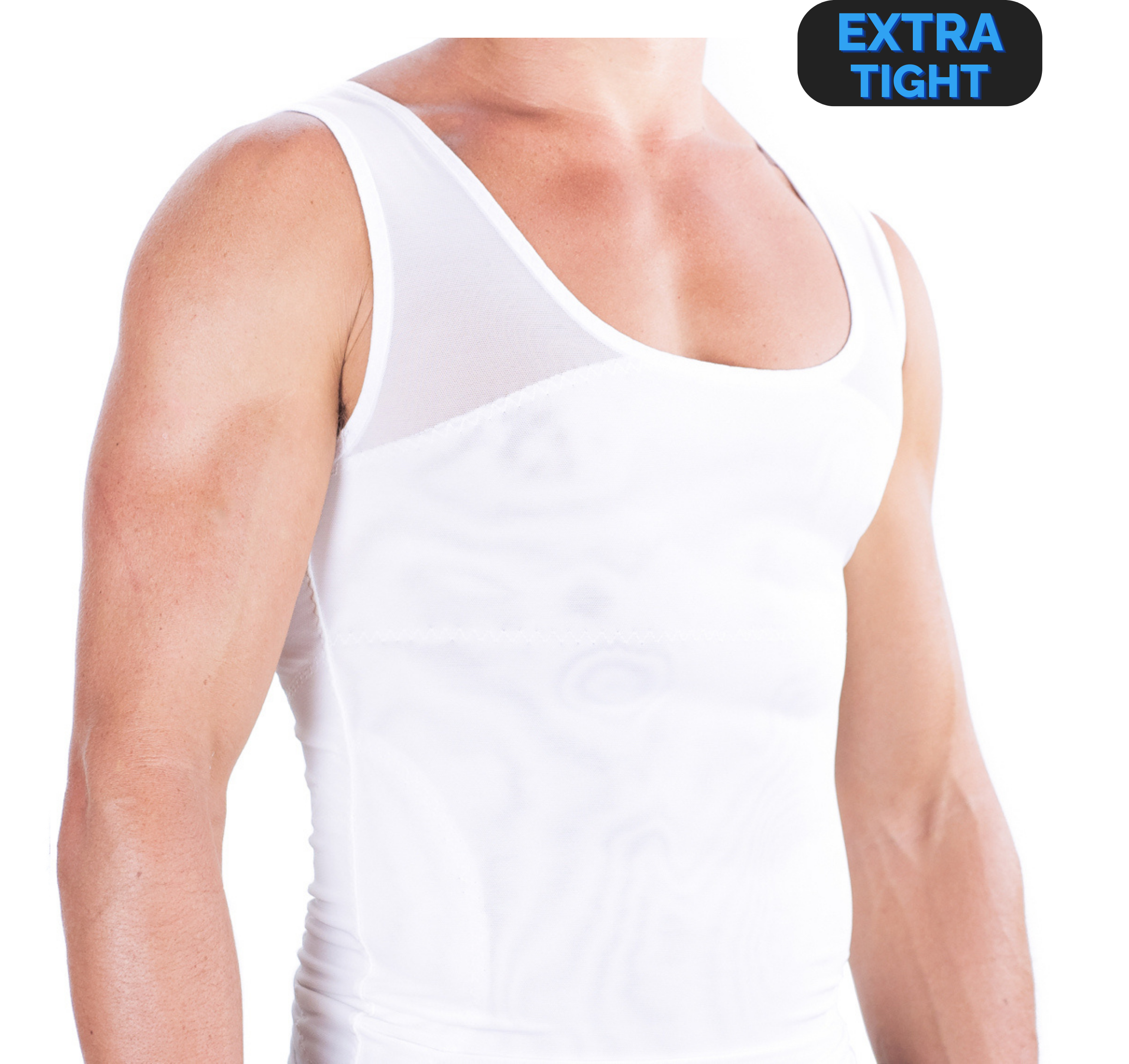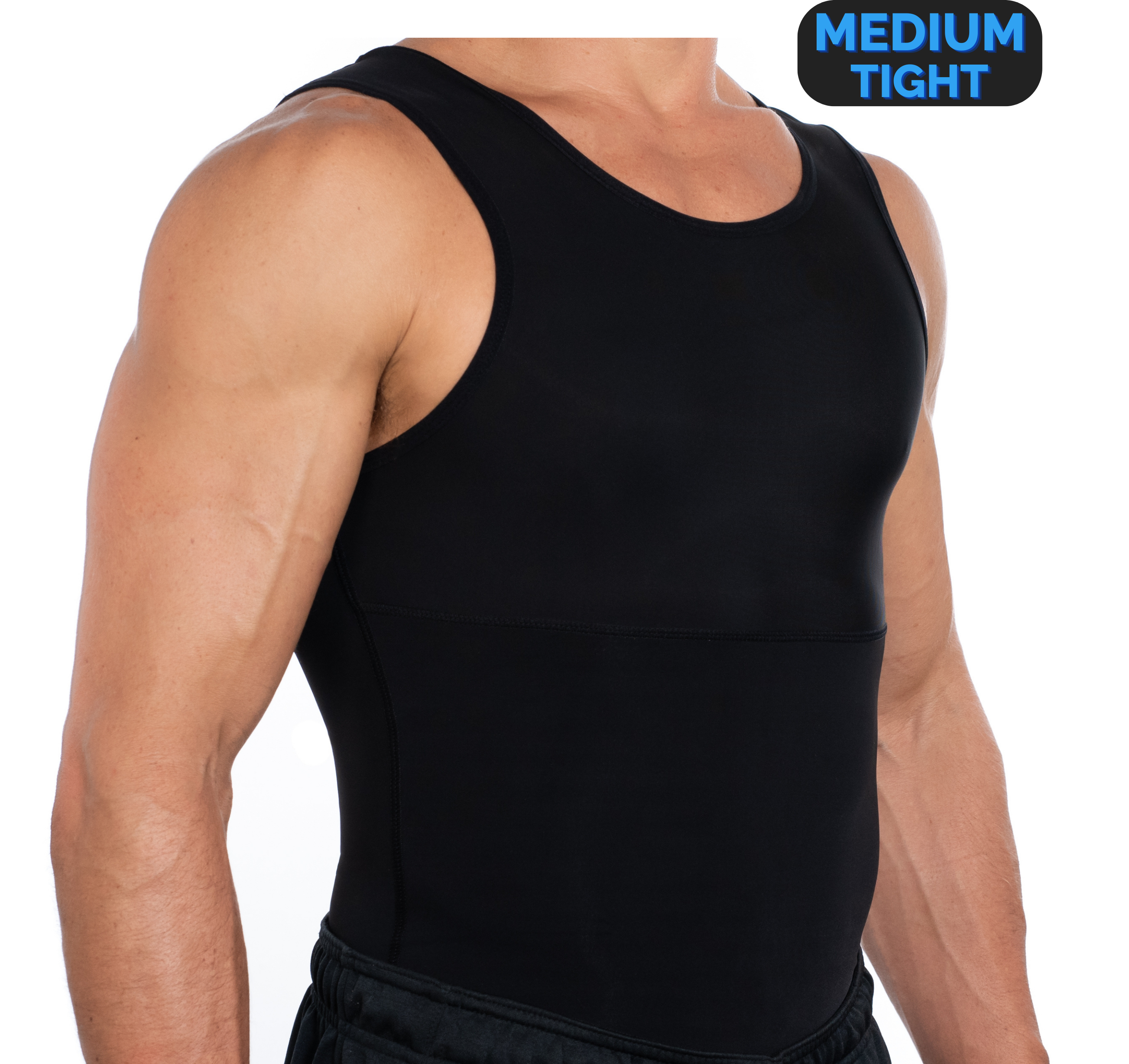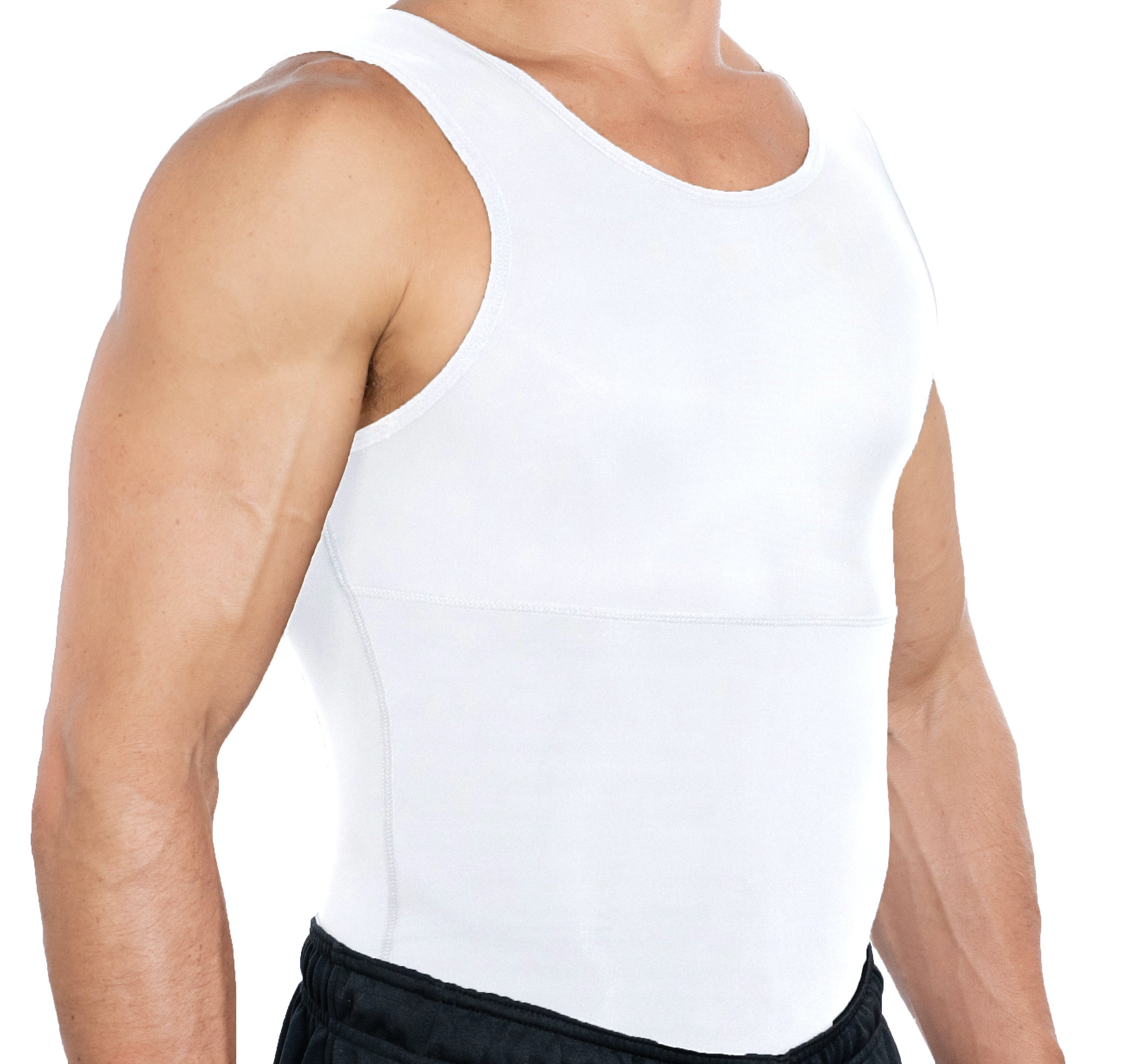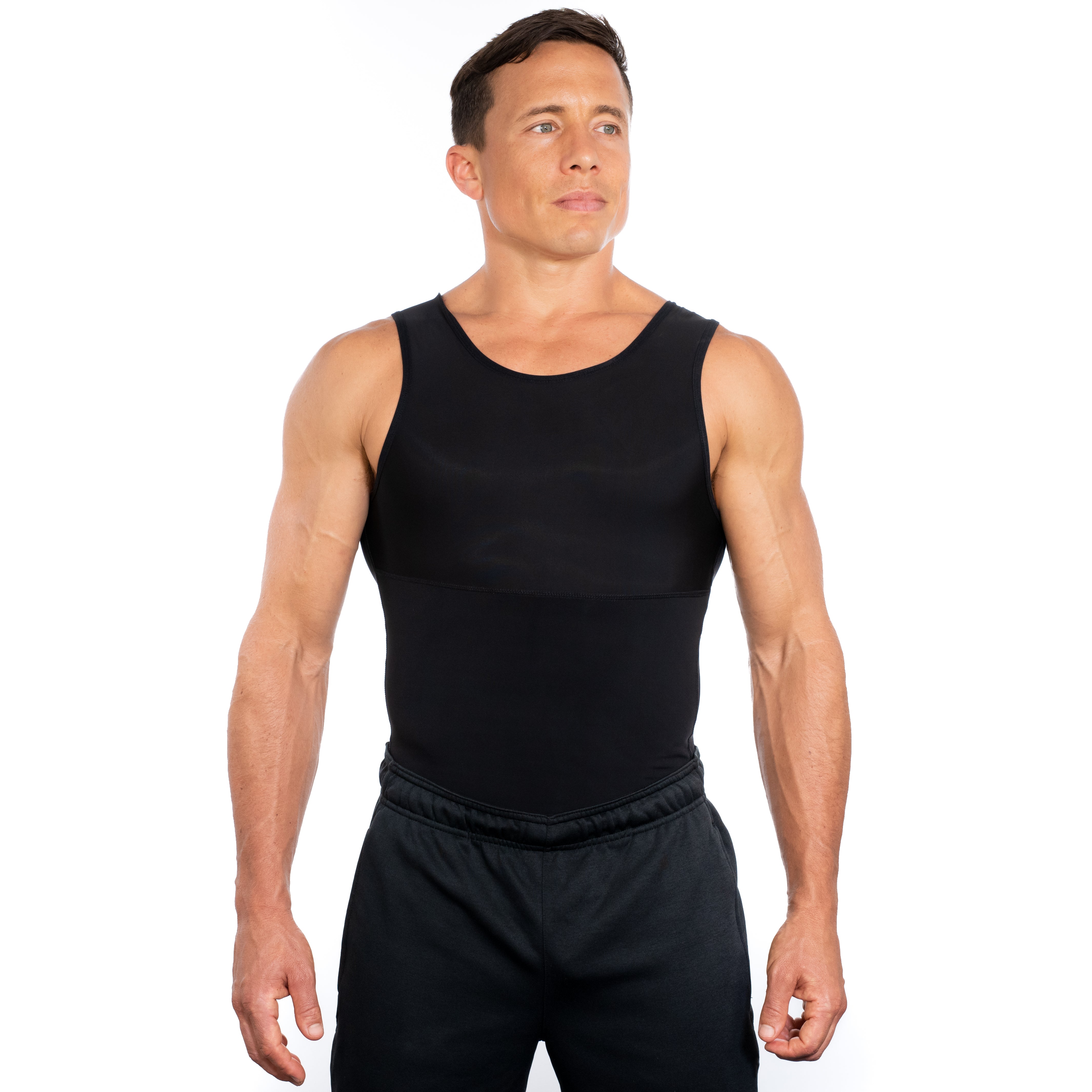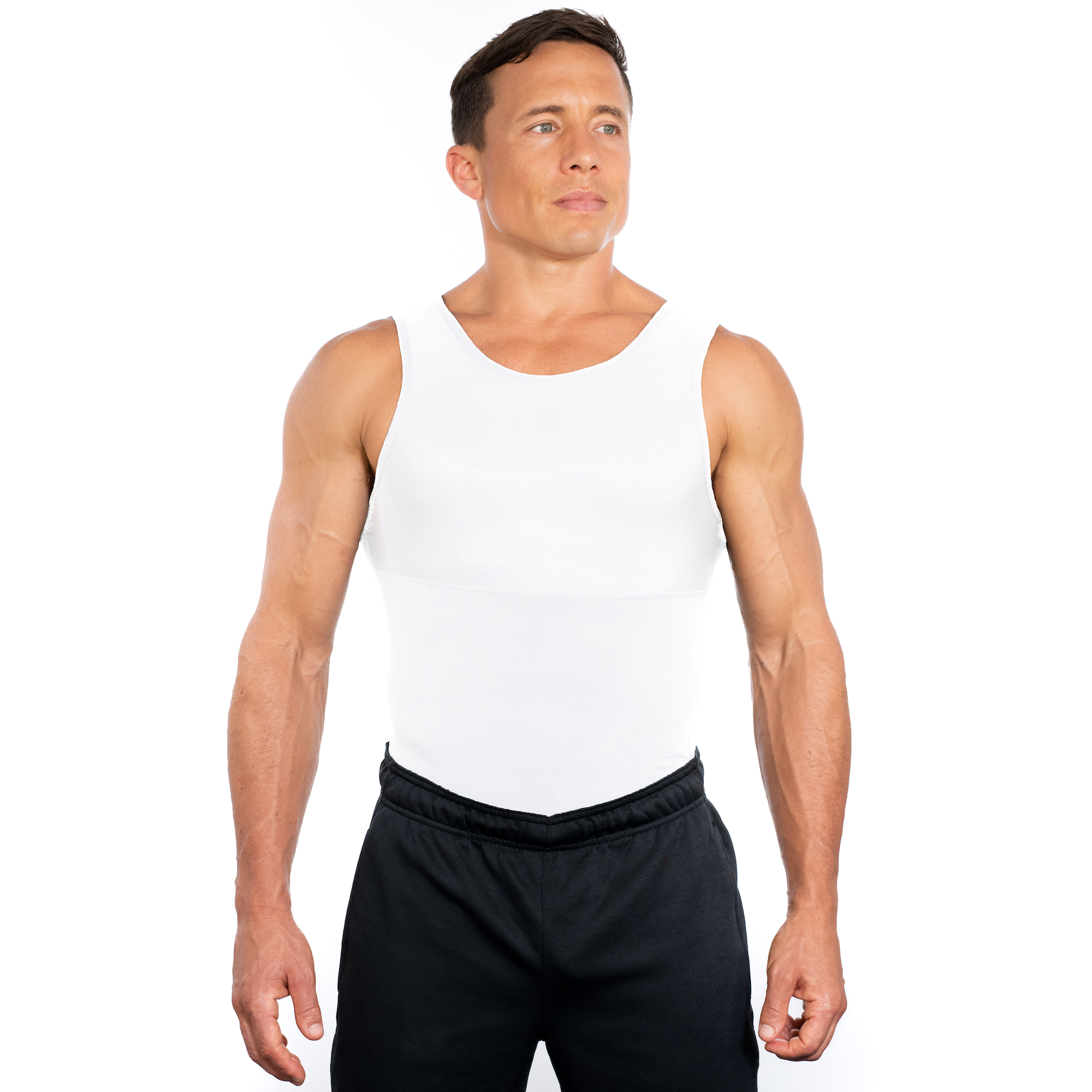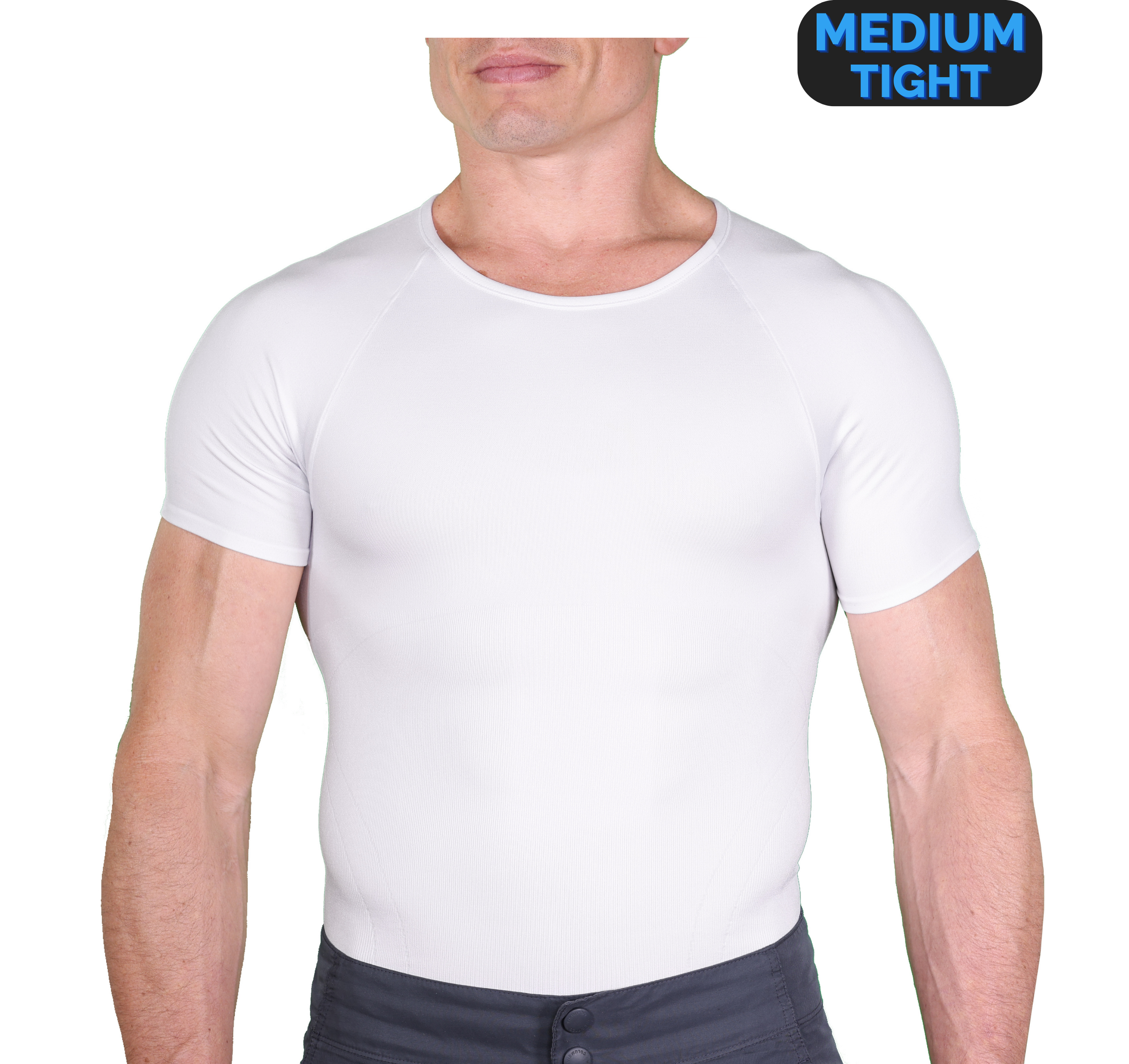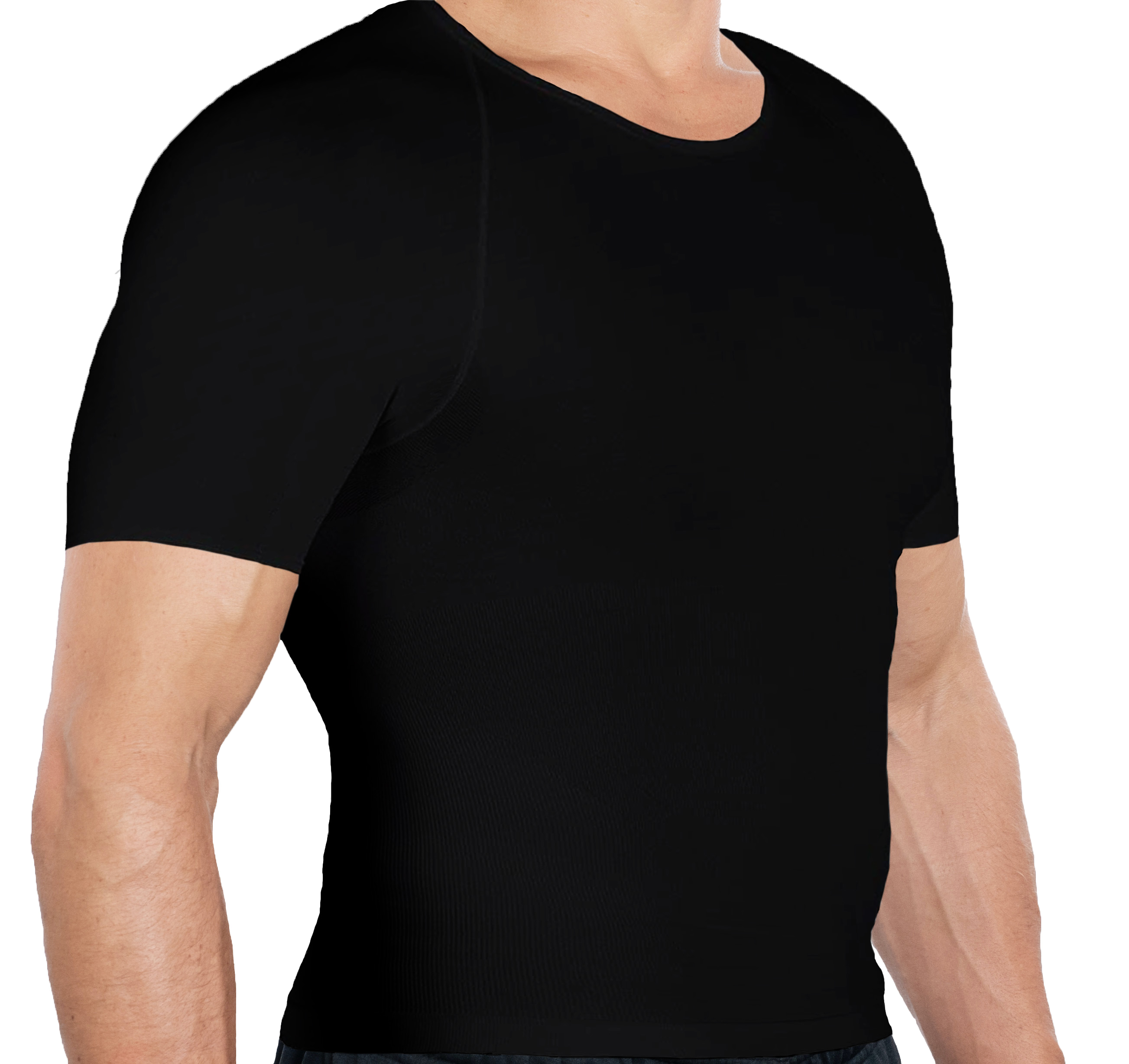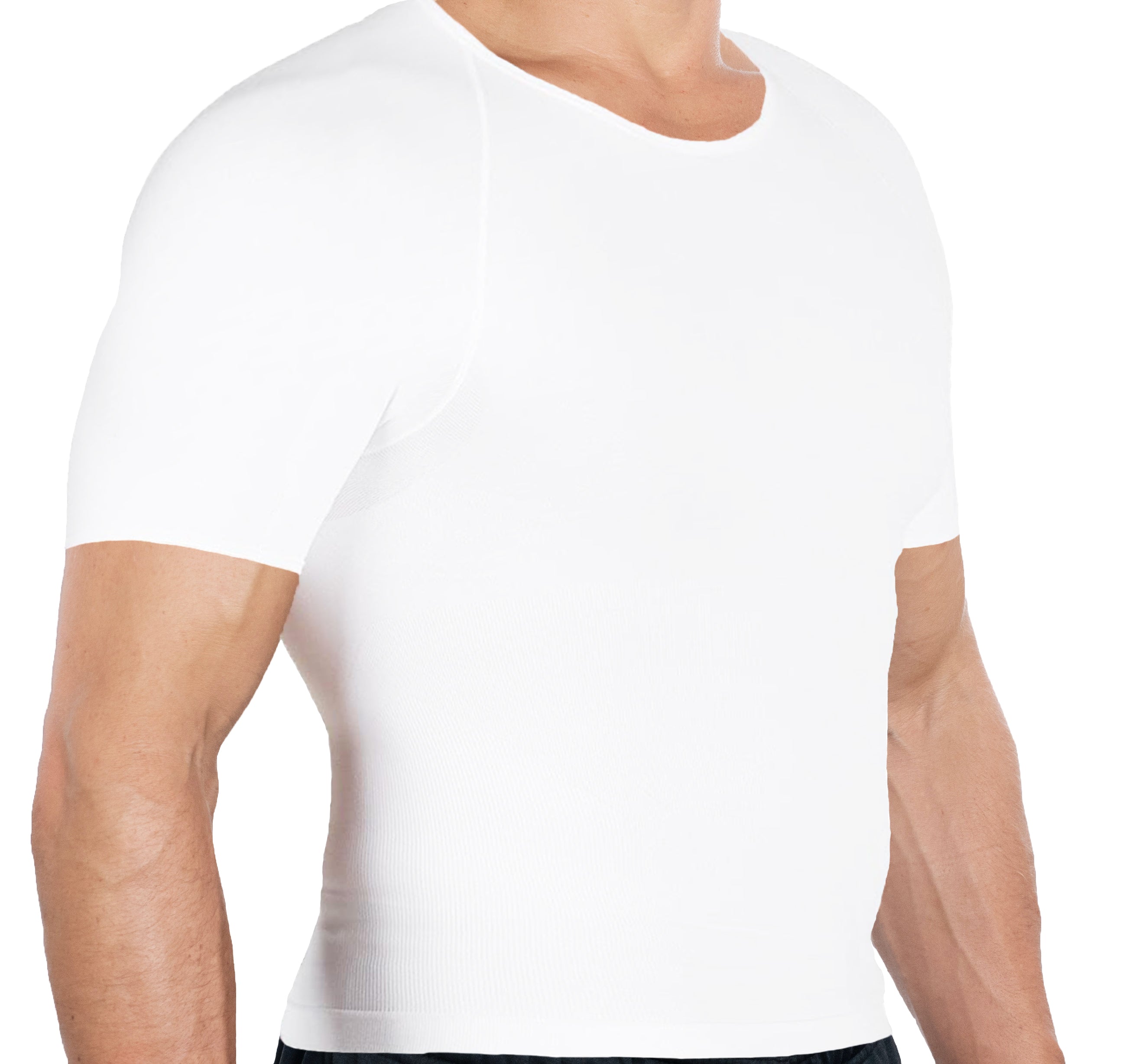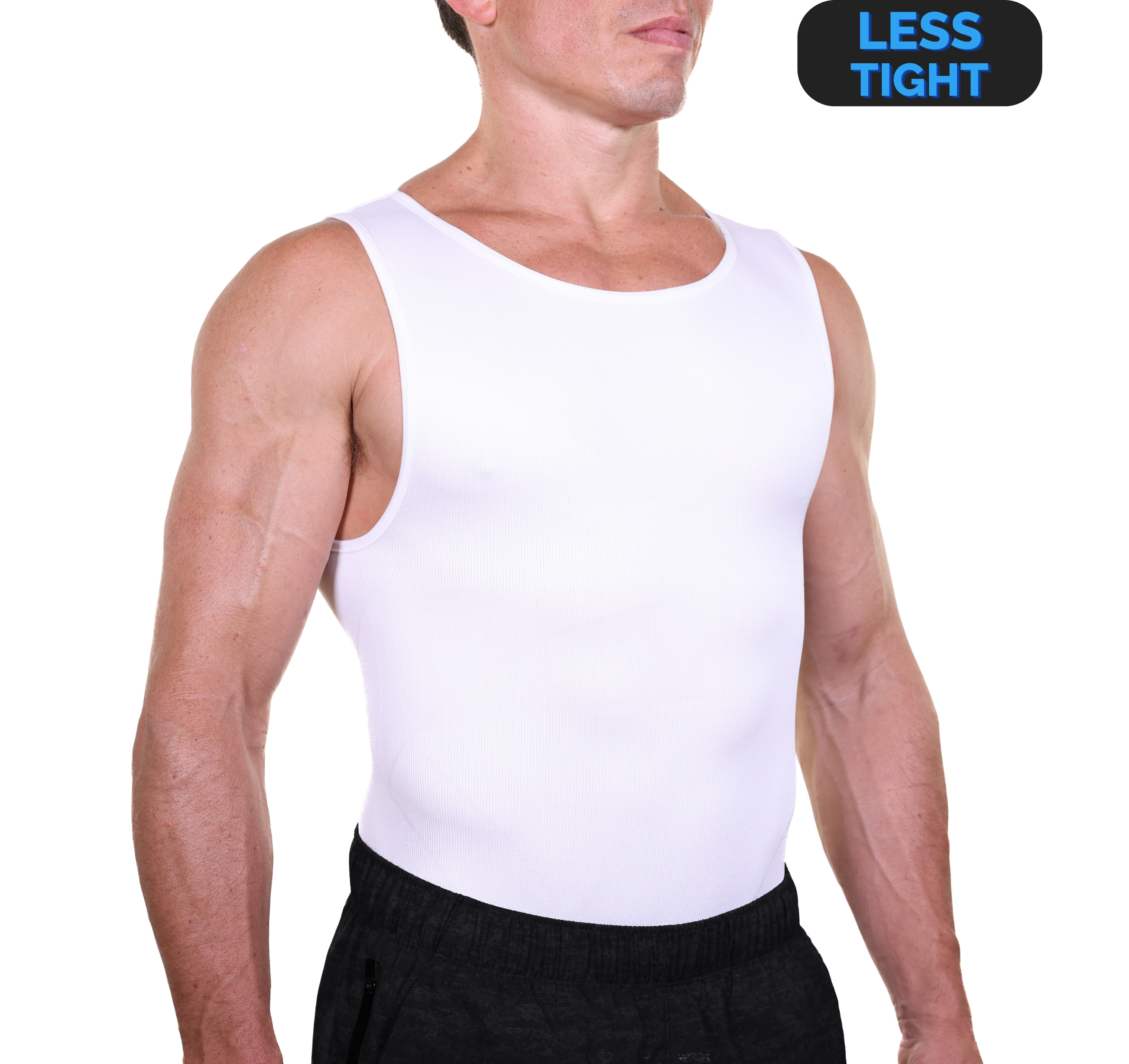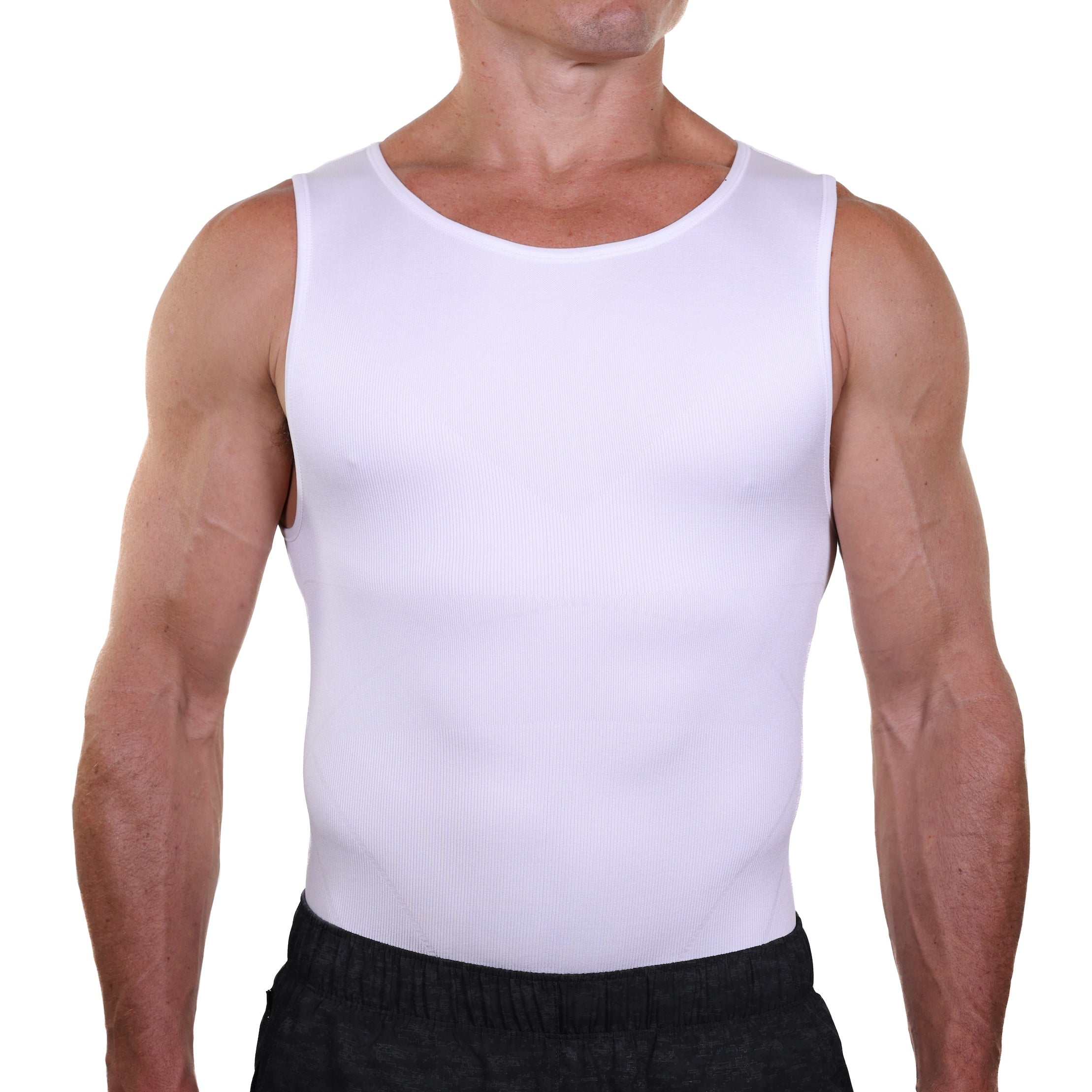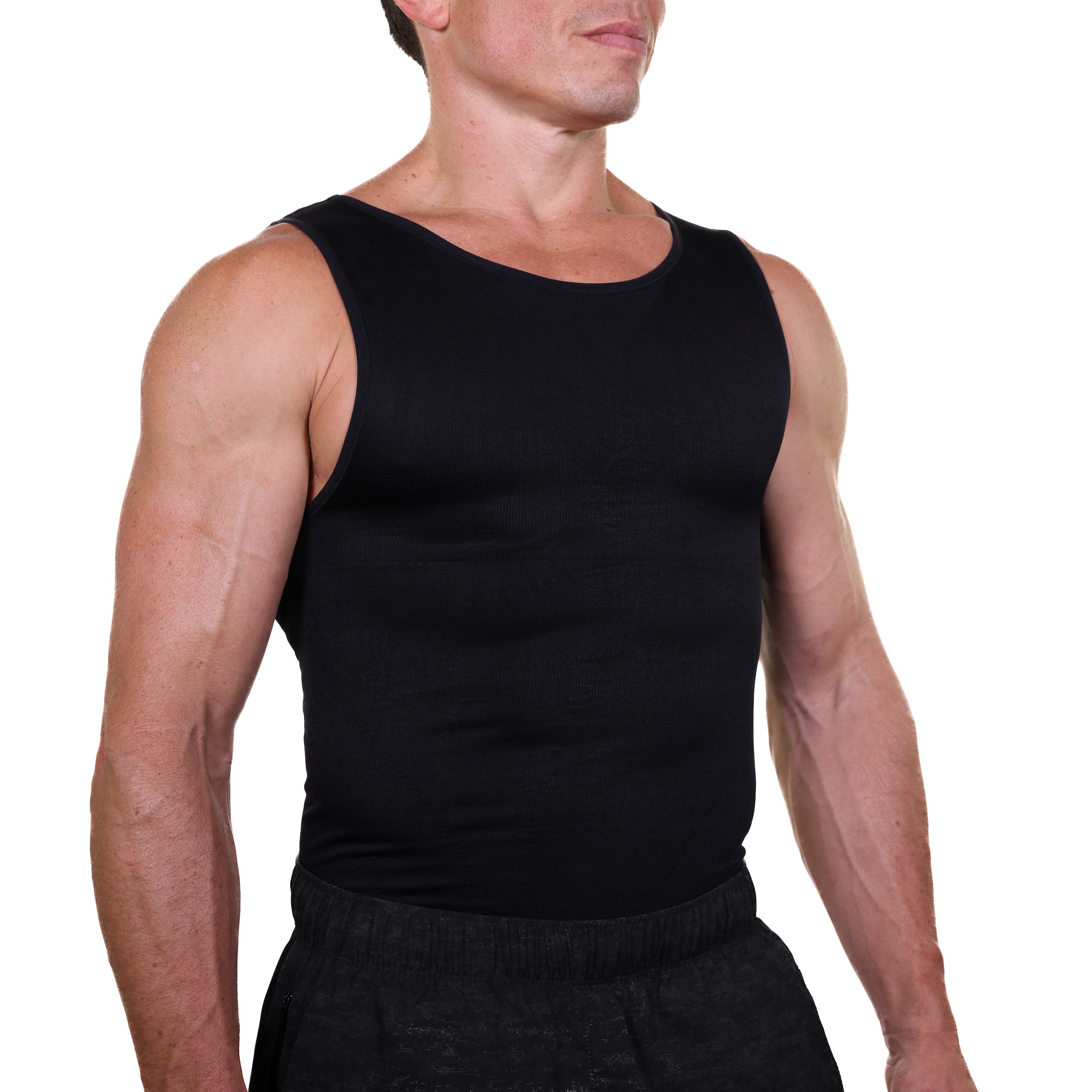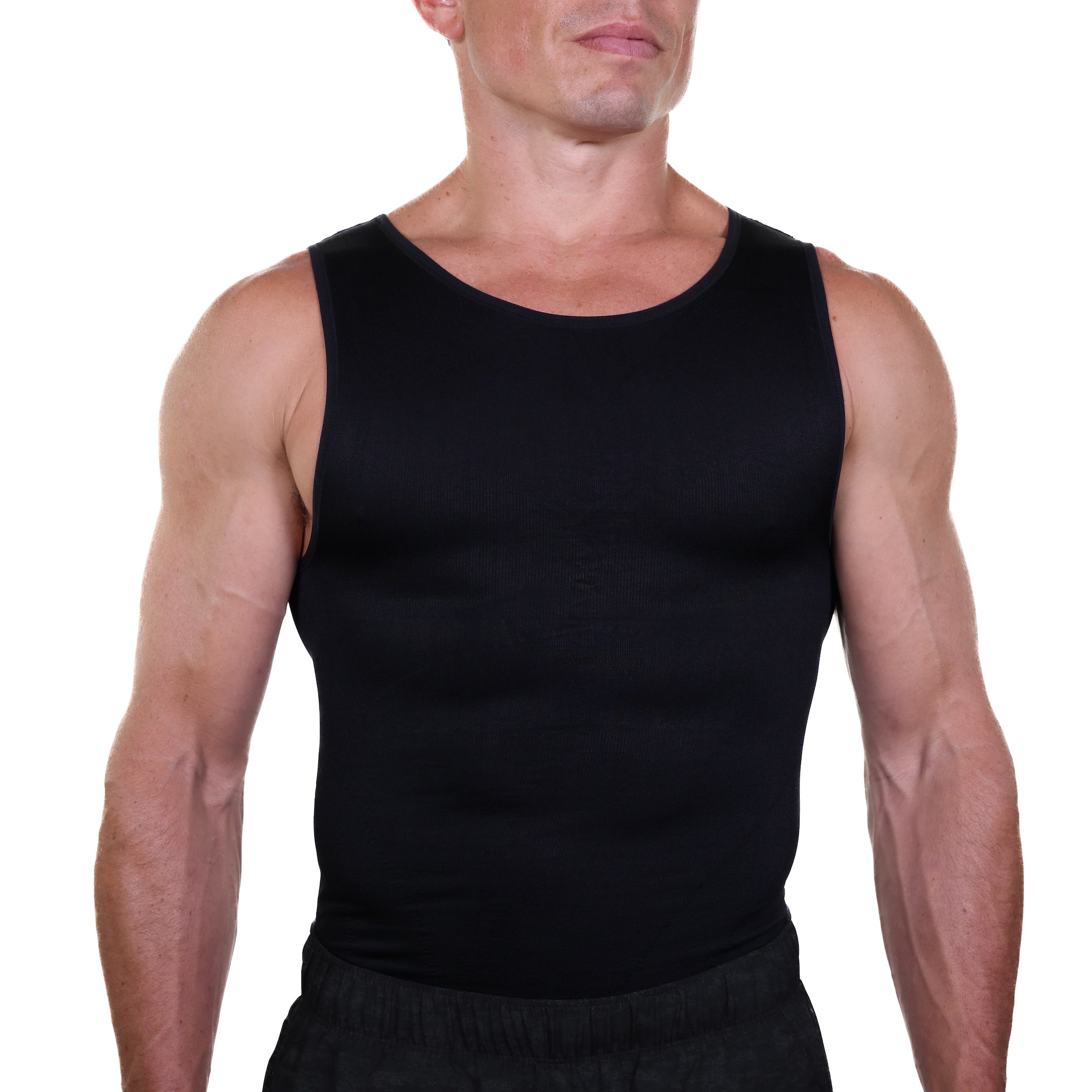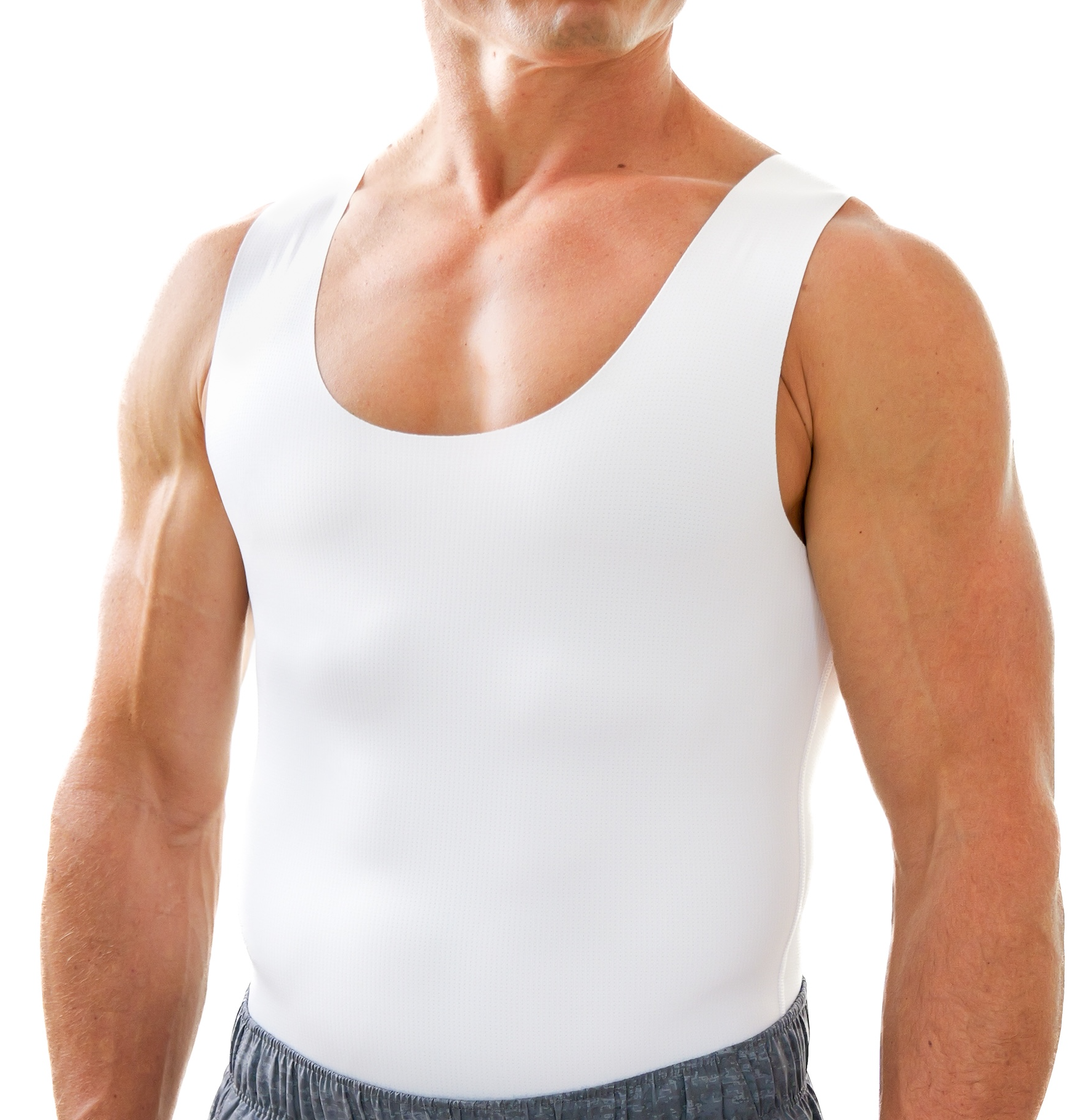
Swimming brings joy to many, but people who need to bind their chest often struggle to find suitable gear. Swim binders offer a fix helping users feel at ease and self-assured in water. These special outfits give compression and support while standing up to water and chlorine exposure.
When you're picking out a swim binder, you've got a lot to think about. From different types and features to safety considerations and popular brands, this article will explore the basics of swim binders. If you're new to binding or want to upgrade your swimming gear, knowing these key points will help you make a smart choice. We'll look into breathable options binding swimwear, and everything you need to know about swim chest binders to make sure you have a good time swimming.
Types of Swim Binders
Swim binders come in different styles to meet various preferences and needs. These special garments compress and support while being good for water activities. Here are the main types of swim binders you can find:
Full-length binders
Full-length binders cover from chest to waist. They have several benefits:
- You can wear them as a tank top in darker shades
- Some people think they're comfier
- They give mild tummy compression
But full-length binders might roll up and cost more and feel warmer than other choices.
Crop top binders
Crop top binders, or half binders, are shorter and end just below the chest. They have these features:
- More comfortable to wear
- Can double as a sports bra
- stay in place
- Often cost less
- Work well for people with smaller chests
- Better choice for those with stomach problems
Racerback designs
Racerback swim binders have straps that join between the shoulder blades creating a "Y" shape. This design offers several perks:
- Gives strong support
- Lets you move
- Doesn't limit breathing
- Smooth stitching stops pinching
- Works for swimming and other water sports
These different swim binders suit various body shapes and likes helping people find the most snug and validating choice for their wants.
What to Look for in a Swim Binder
When picking a swim binder, some main features add to comfort, performance, and toughness. These traits make sure the garment meets the special needs of water activities while giving good compression.
Fabric that breathes
Swim binders need fabrics that breathe and wick sweat. High-stretch nylon has an impact on air flow and moisture control. This helps control body heat and stops discomfort when worn for long times.
Material that dries fast
The same fabrics that let air through also dry . This matters to people who often move between water and land activities. Fast-drying materials keep the binder from staying wet for long. This cuts down on skin problems and keeps you comfy all day.
Chlorine resistance
Swim binders need to resist chlorine to handle pool chemicals. Materials that can stand up to chlorine help swim binders last longer and keep their shape and squeeze. Some swim binders use UV-resistant microfiber fabric, which fights off chlorine and gives SPF 50 protection to keep skin safe during outdoor swims.
Other things to think about include light build for better comfort in water, bendy design for free movement, and custom sizes for a perfect fit. Some brands sell print front binders letting people show their style while having fun in the water.
Safety Considerations
Proper fit
Putting on a swim binder that fits plays a key role in staying safe and feeling good. A binder that fits well should not hurt or make it hard to breathe. People need to take careful measurements to get the right size. Wearing a binder that's too small can cause big health problems and people should not do this.
Wearing duration
Experts suggest wearing a binder for no more than 8-12 hours a day, with one day off each week. If you're under 18, you should limit binding to 6 hours. Going beyond these guidelines can lead to health issues like trouble breathing back pain, and possible rib injury. Remember to take breaks often and never sleep with your binder on.
Activity limitations
Swimming and working out while wearing a binder call for extra care. When doing these activities, it helps to go up a size to give yourself more room to move and breathe. Keep an eye on your breathing and listen to what your body tells you. If you have a health issue that affects your breathing, like asthma, you should talk to your doctor before you bind. Don't push yourself too hard, and swim with a buddy to stay safe.
Popular Swim Binder Brands
A handful of companies have become front-runners in the swim binder industry giving customers various choices to compress their chests and while they swim. These companies have grown in popularity because of their high-quality products smart designs, and happy customers.
Brand Comparisons
Outplay's Flatsea Compression Swim Top catches the eye with its all-covering design and built-in compression. It gives a smoother chest look and comes in many colors making it a breeze to match with swim shorts. Underworks Swim Top Binder is well-known for its top-notch build and toughness giving one of the highest levels of safe compression for swimming. People love the HumanKind Swim Swim Top for its cool design and flexibility made from a mix of nylon and spandex to fit .
The Flavnt Bareskin Binder has become popular for its ability to compress the chest and its range of skin tone options even though it wasn't made for swimming. Spectrum Outfitters sells swim-safe binders in bright, fun colors and suggests sizing up for swim workouts.
Customer Reviews
Users have shared good experiences with these swim binders. One customer called the Underworks binder "the best binder I have ever tried," and praised how comfortable it was how well it flattened, and how much support it gave. Another person who had used binders for a long time said, "This is the binder to beat," and pointed out how easy it was to breathe in and how well it worked for swimming.
Users have pointed out how long-lasting these binders are, with some saying they last 2-3 years before they need to buy new ones. Lots of people have also mentioned that these binders flatten their chests much better than other brands they've used.
Price Ranges
You can expect to pay between $30 and $70 for swim binders, depending on the brand and what they offer. Some users think they cost more than regular swimwear, but many believe they're worth the money because of how well they work how long they last, and how good they are. Some brands sometimes have sales or offer discounts, which helps more people afford these special garments.
Conclusion
Swim binders have a big influence on how people who need chest compression swim. These special clothes mix comfort, support, and usefulness helping users feel sure of themselves and relaxed in the water. You can choose from many types, like full-length designs, crop tops, and racerback styles, to fit different likes and body shapes.
In the end when picking a swim binder, you need to think about things like breathable fabrics, quick-drying materials, and how well it stands up to chlorine. Safety comes first so make sure it fits right and you don't wear it for too long. You can find good quality options from well-known brands that'll let you have a great time in the water.
FAQs
Can you wear a binder while swimming?
You should avoid wearing a regular binder when swimming. Use binders made for water activities instead. Swim binders contain nylon and spandex. You can find them at stores like TomboyX, Underworks, Shapeshifters, and gc2b. Make sure to use a different binder just for swimming.
What are the reasons against swimming in a regular binder?
Normal chest binders don't work well for swimming because they can't stretch enough for the extra breathing and movement in water. If you wear a non-swim binder while swimming, you might feel uncomfortable or have trouble breathing because it's too tight.
What are the risks of wearing a binder for extended periods?
You should limit binder use to 8 to 10 hours a day to avoid health risks like bruises or sores. It's best to take off the binder at night treating it like other day clothes, and to take regular breaks during the week.

